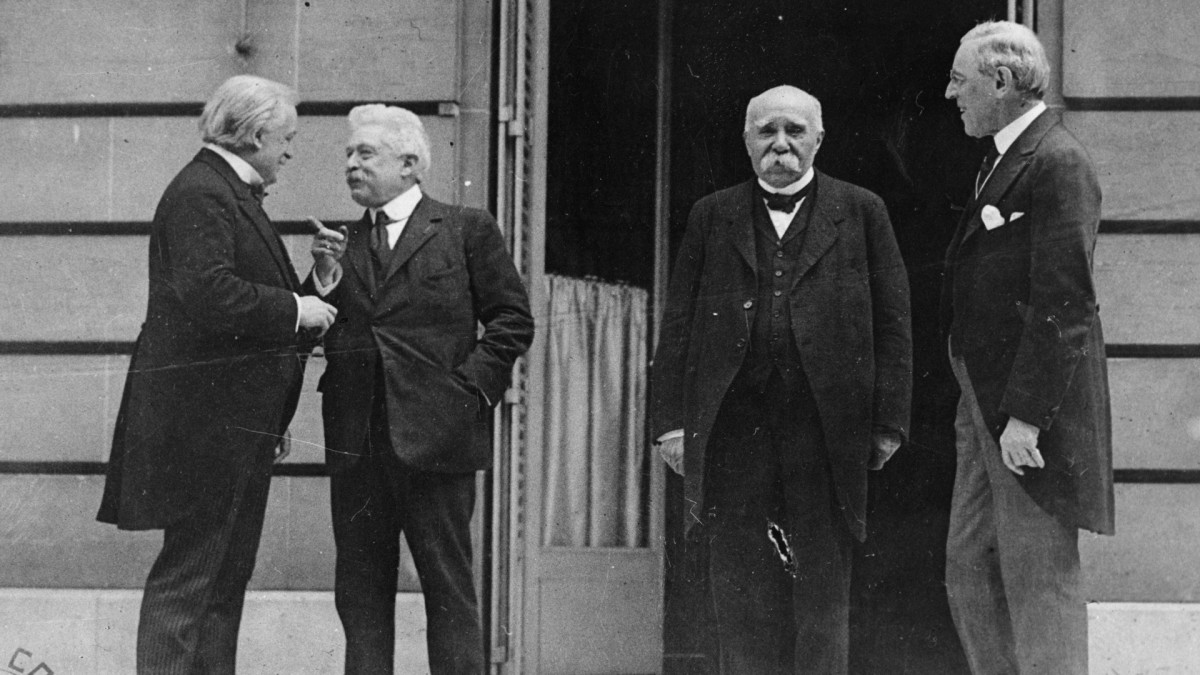Besides tragic human losses from the war, Great Britain’s economic losses were grave. The national debt after the war was ten times that of 1914. Many British investments abroad had been liquidated to purchase food and war materials. Forty percent of the great British merchant fleet had been destroyed by enemy action.
The whole fabric of international trade on which Britain depended was torn in a thousand places in 1918 and could not be rapidly restored in the unsettled postwar world. To supplement British and French war production, the industrial plants of the United States, Canada, and India had been called on, and that stimulus made them more effective competitors of the British in peacetime. In addition, German industry, nourished in part by loans from America, once more took up the rivalry that had so alarmed the British before the war.
In short, the country that in Victorian days had been the “workshop of the world” could no longer provide full employment to its millions of workers. Those workers were in no mood to accept a lower standard of living, for they had fought the war and won it in the expectation of better things to come. They had been promised that the defeated enemy would pay the costs of the war and thereby give Britain a new start.
This hope was very early disappointed; no substantial reparations came through. The return to peace caused a sudden boom in production to meet the postwar demand for goods that had been denied to civilians in wartime. This was accompanied by a sharp rise in prices and quickly followed by the collapse of the boom, leaving Britain in a severe postwar depression. By the summer of 1921 there were more than 2 million people out of work, over one fifth of the labor force. Faced with the rising cost of living, the British government increased the very meager unemployment payments. However, largescale unemployment continued, and some young workers never found jobs.
The British economic decline was not yet catastrophic, although some gravely depressed areas, like the coal-mining regions of South Wales, began to show signs of permanent decay. What happened generally was a relative decline, the slowing down of an economy geared to dynamic growth, with a working population conditioned psychologically to a gradually rising standard of living and a middle class similarly conditioned to traditional comforts. Moreover, the tabloid newspaper, the movie, and the radio made the British well aware that Americans and others enjoyed automobiles, radios, refrigerators, and telephones, while they did not.
Britain was suffering from those ills characteristic of postindustrial development, and it was the first nation to do so. There was still a lot of coal in Britain, for example, but much of it was costly to mine, since the most easily and cheaply worked seams were being exhausted. The industry was badly organized, with many small and inefficient mines running at a loss and with machinery and methods that were antiquated in comparison with the newer American and Continental mines.
Productivity per work-hour was low. Worst of all, the 1920s saw the rapid rise of major competitors to coal—oil, and electricity based on water power—with a consequent decline of British coal exports. Since the British Isles had no petroleum and no very great potential in hydroelectric power, coal simply had to be mined.
But the workers were unionized and in no mood to accept cuts in wages, while owners did not want to run their businesses at a loss. A strike in March 1921 focused national attention on this problem. The strike was settled in July by the government’s consenting to pay subsidies to cover increased wages.

